1. Floating Staircases Without Guardrails
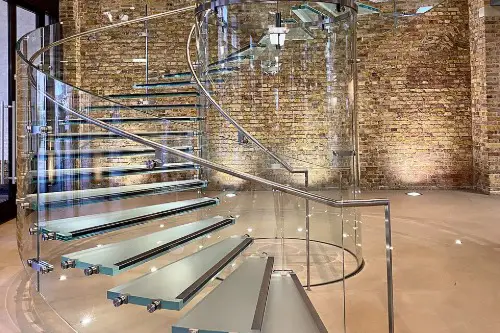
Floating staircases look sleek and modern, giving a minimalist vibe to any home. But when they come without proper guardrails or have gaps that are too wide, they pose a real fall risk, especially for kids and elderly family members. The open sides might look airy, but they’re a serious hazard if someone slips.
Building codes usually require guardrails and specific gap sizes to prevent falls. Cutting corners for aesthetics might land you in hospital visits. It’s important to balance style with safety and never leave open edges without a secure barrier.
2. Open Floor Plans Without Proper Support
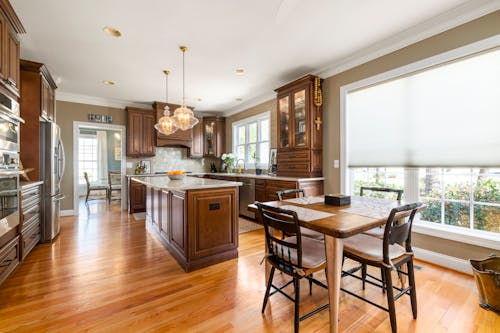
Open floor plans are all the rage because they make spaces feel larger and more connected. But sometimes, removing walls without properly reinforcing the structure can weaken a home’s integrity. Load-bearing walls aren’t just obstacles; they hold up roofs and upper floors. Skimping on proper support can lead to sagging ceilings or, in extreme cases, structural failure.
When you open up a space, it’s crucial to bring in a structural engineer to assess and add beams or columns as needed. Otherwise, you’re risking serious damage over time. Homeowners might be tempted to DIY or ignore permits, but that’s a safety gamble. Structural stability should never be an afterthought in trendy renovations.
3. Glass Walls and Partitions
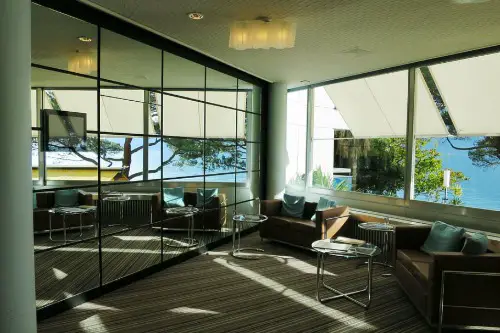
Glass walls add a wow factor by flooding rooms with natural light and creating seamless indoor-outdoor transitions. But they can be dangerous if made from regular glass instead of tempered or laminated safety glass. Regular glass can shatter into sharp shards if hit or stressed, leading to serious injuries.
Using the right type of safety glass isn’t just a suggestion; it’s a building code requirement in many places. Homeowners might overlook this when aiming for budget savings or quick installs. Skipping safety glass in favor of cheaper options puts everyone in the home at risk of cuts or worse.
4. Smart Home Devices Without Security Protocols

Smart homes sound futuristic and convenient, controlling everything from locks to cameras with a tap. But installing smart devices without proper security can expose your home to hackers. A breached smart lock or camera can compromise your home’s physical safety and privacy.
It’s easy to forget that tech needs strong passwords and regular updates, just like computers. Ignoring cybersecurity in home automation setups can turn your renovation dream into a security nightmare. Always prioritize secure setups and keep software current to protect your family.
5. DIY Electrical Work
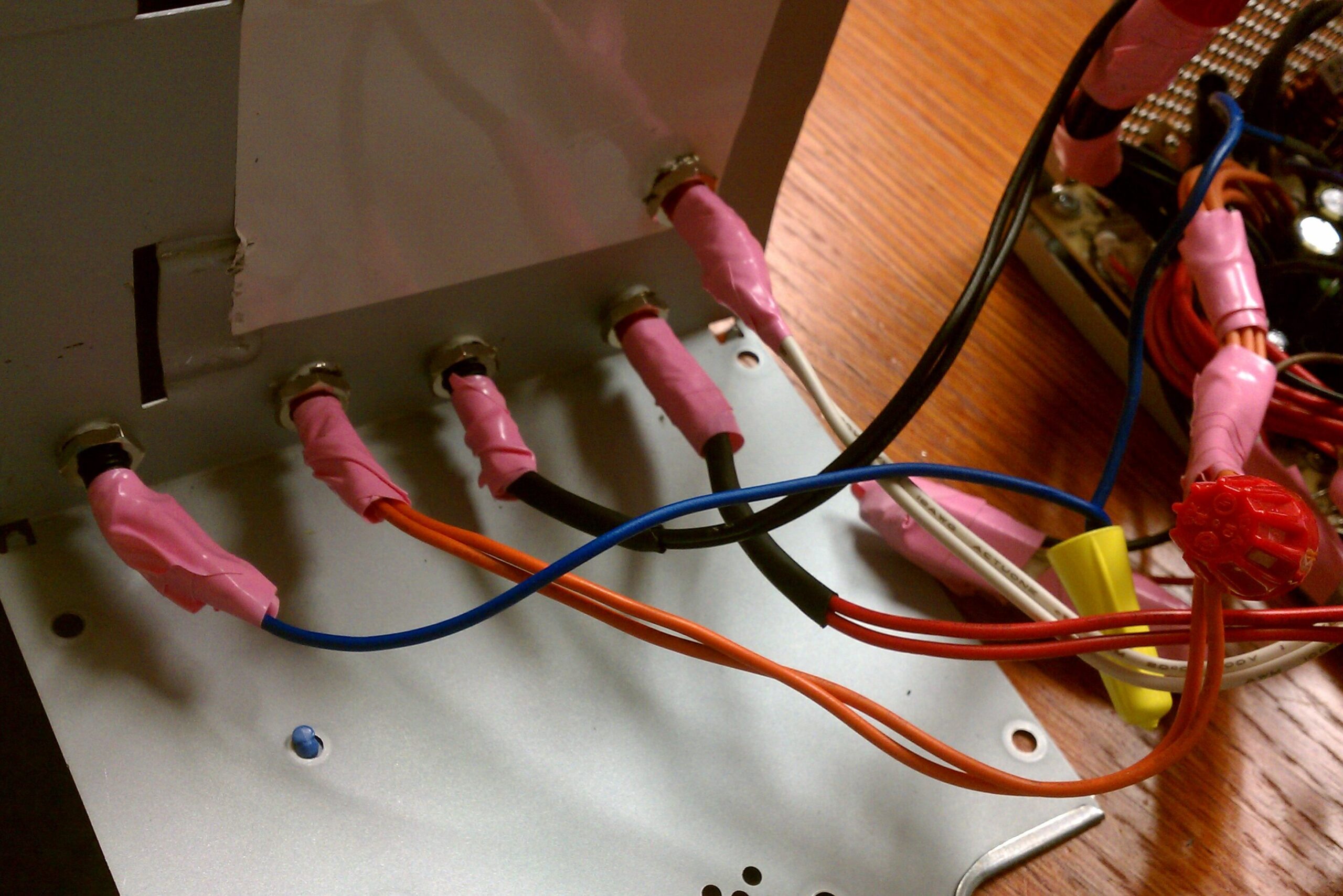
Many homeowners take on electrical projects themselves to save money or for fun. However, improper wiring or bypassing safety codes can lead to electrical fires or shocks. Even small mistakes like loose connections or using the wrong wire gauge can create hazards that aren’t always visible until it’s too late.
Hiring a licensed electrician ensures that circuits are up to code and safe. What looks like a simple fix can spiral into a serious fire risk if done incorrectly. Electrical work is one area where professional expertise really pays off in safety and peace of mind.
6. Removing Window Locks for Easier Cleaning
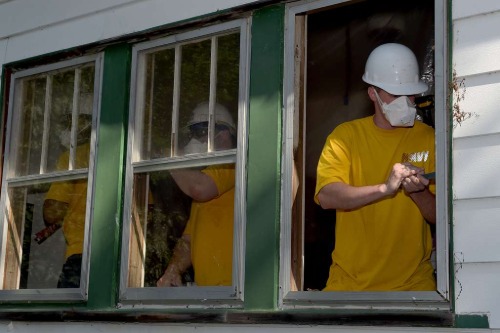
Windows without locks or with disabled locks might feel convenient for cleaning or ventilation. But this small change can make your home vulnerable to intruders or accidental falls, especially on higher floors. Window locks are a basic safety feature designed to keep both your home and family secure.
Tempting as it might be to make cleaning simpler, keeping locks intact prevents unauthorized entry and protects children from opening windows too wide. A quick lock adjustment can mean the difference between a safe home and a risky one. So, always think twice before disabling these little security details.
7. Using Non-Fire-Resistant Materials in Kitchens
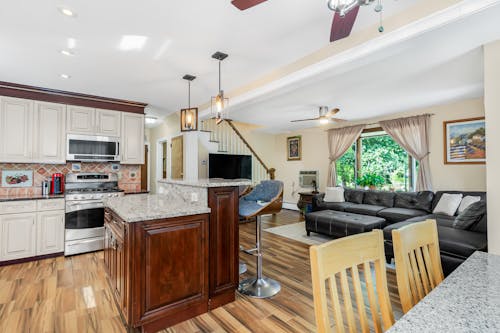
Kitchens are the heart of the home but also a hotspot for fires. Some trendy materials, like certain laminates or synthetic countertops, might look stylish but don’t hold up well to heat or flame. Using these without proper fire-resistant backing can increase the risk of kitchen fires spreading quickly.
It’s tempting to pick materials based on looks or cost, but fire safety has to come first. Fire-resistant materials act as barriers and slow down the spread, giving you more time to react. The right materials can make all the difference in preventing disaster.
8. Neglecting Proper Ventilation in Bathrooms

Bathrooms with trendy steam showers or high-tech fixtures are amazing, but without proper ventilation, moisture builds up fast. Excess humidity causes mold, which isn’t just ugly—it’s a serious health hazard. Mold spores can trigger allergies and respiratory problems.
Good ventilation systems pull moisture out quickly, protecting walls and air quality. Skipping or underestimating ventilation in a renovation is a shortcut that can cost a lot in repairs and health issues down the line. So, make sure your bathroom breathes well!
9. Ultra-Sleek Flooring Without Slip Resistance
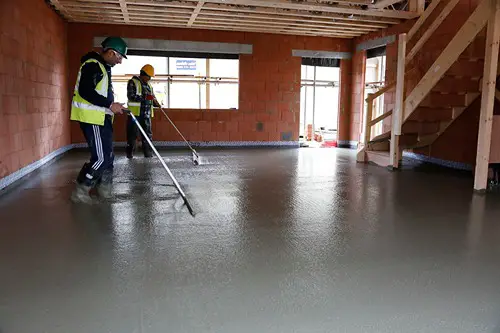
Smooth, glossy floors like polished concrete or shiny tiles look stunning but can be slippery, especially when wet. It’s a common accident hotspot in homes, leading to falls and injuries. Choosing flooring without slip-resistant treatments ignores an important safety factor.
Adding textured finishes or mats in key areas helps reduce the risk. Safety and style can coexist if you plan ahead. Slippery floors might be trendy, but they’re a danger waiting to happen without proper precautions.
10. Open-Concept Kitchens with Sharp Edges
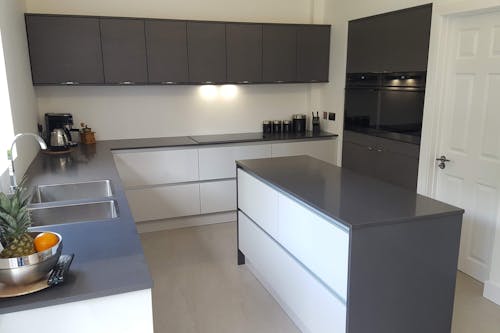
Open-concept kitchens are fantastic for socializing, but the design often features sharp countertops or island edges. Without rounded edges or protective bumpers, these can cause bruises or worse, especially for kids running around. The risk increases in busy kitchens where accidents happen fast.
It’s easy to forget that kitchen counters are at the perfect height to cause injuries. A little design tweak, like beveled edges, can reduce this risk without sacrificing style. Safety in kitchen design is all about anticipating everyday movement and mishaps.
11. Outdoor Decks Without Proper Railing Height
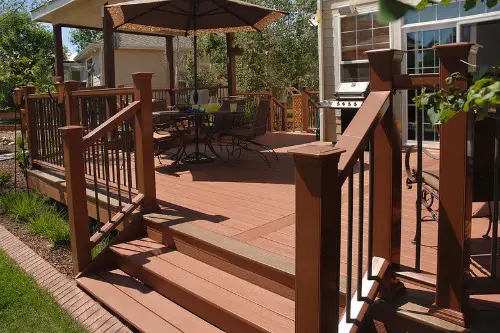
Outdoor decks and patios extend living spaces beautifully but can be dangerous if railings are too low or improperly spaced. Building codes specify railing heights and baluster gaps to prevent falls, especially on multi-level decks. Ignoring these rules can lead to fatal accidents, especially for children.
Some renovations cut costs by reducing railing height or skipping balusters, but that’s a huge safety compromise. Always follow local code and consider adding extra height or safety netting if you have small kids or pets. Outdoor beauty isn’t worth risking a fall.
12. Installing Large Mirrors Without Secure Mounting
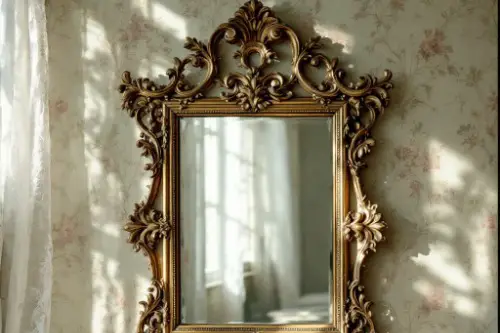
Large mirrors create the illusion of space and light, but if they’re not properly anchored, they can fall and cause serious injuries. Improper mounting on drywall or using weak hardware is a common mistake in trendy renovations. The bigger the mirror, the heavier the risk.
It’s essential to use studs, anchors, or professional installation to ensure mirrors stay put. A falling mirror can shatter glass everywhere and hurt anyone nearby. When it comes to big decorative elements, safety mounting is key.
13. Using Chemical-Based Paints and Finishes Indoors
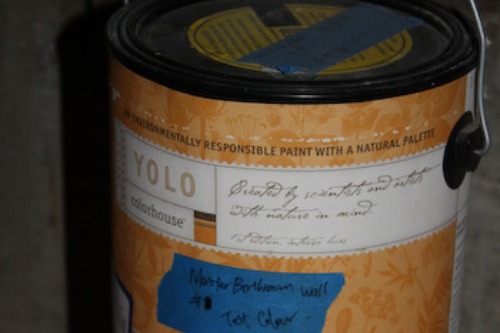
Many modern paints and finishes have low VOC options, but some renovations still use products with harmful chemicals. These can release toxins into the air, leading to poor indoor air quality and health issues like headaches or respiratory irritation. It’s especially risky for children, elderly, or those with asthma.
Choosing low-VOC or zero-VOC products might cost a little more but greatly improves your home’s safety and comfort. The short-term savings on toxic paints aren’t worth long-term health problems. Always check product labels and prioritize safe materials indoors.
This post 13 Renovation Trends That Are Actually Making Homes Less Safe was first published on Greenhouse Black.
